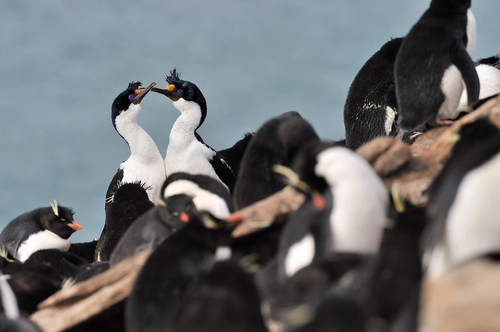Region: Antarctica
Destinations: Falkland Islands
Name: Falkland Steamer Duck (Tachyeres brachypterus)
Height: 67 to 72 cm (26 - 28 inches)
Weight: 3.3 to 4.8 kg (7.3 to 10.6 pounds)
Location: Falkland Islands
Conservation status: Least Concern
Diet: Marine mollusks, crustaceans, seeds, larvae
Appearance: Brown to gray plumage, gray-white head, orange bill, yellow-orange feet
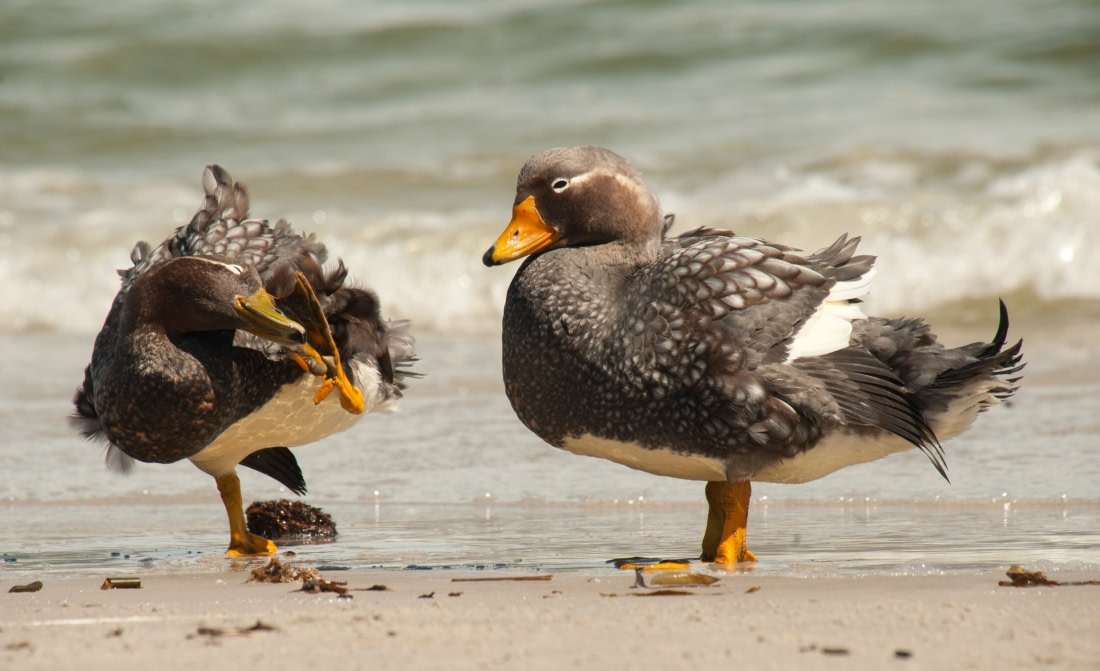
How do Falkland Steamer Ducks feed?
Falkland Steamer Ducks feed along rocky shorelines, sometimes upending in shallow water to forage on the seabed. They feed alone or in groups.
Are Falkland Steamer Ducks social?
Non-breeding juveniles and adults sometimes gather in groups of around 300. Breeding pairs spend most of their time with their mates and chicks.
What are the mating rituals of Falkland Steamer Ducks?
Breeding usually occurs from mid-September to late December. Mate selection can be violent, with males using wing spurs to attack rivals. Females lay 4-12 eggs and incubate them in a down-lined nest of rocks and plants for 34 days, with mates defending the nest. Females cover the eggs with vegetation when they leave the nest to bathe.
Chicks hatch with brown and white down and stay with their parents for about 12 weeks before getting their plumage. They become sexually mature at 14-24 months.
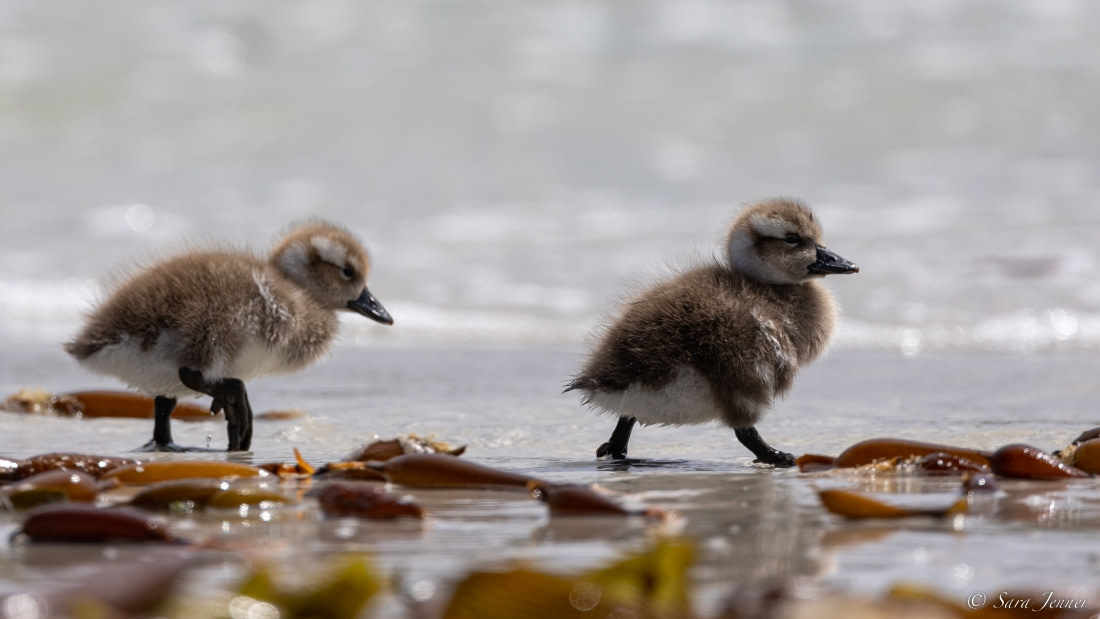
How long do Falkland Steamer Ducks live?
In captivity, they can live up to 20 years. Their lifespan in the wild is unknown.
How many Falkland Steamer Ducks are there?
Estimates from the late 1990s put their population at around 32,000, with earlier counts as high as 48,000.
Do Falkland Steamer Ducks have any predators?
Fledglings are preyed upon by skuas and kelp gulls, while adults are occasionally targeted by seals and sea lions.
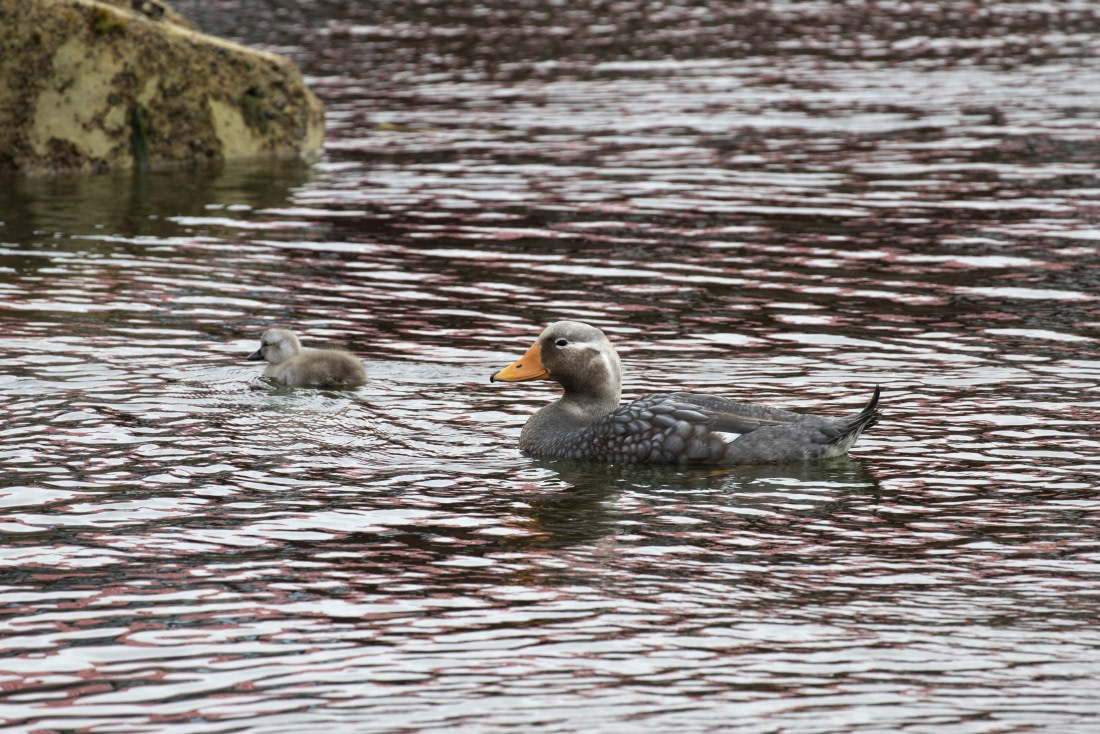
Follow-up Falkland Steamer Duck Facts
- Also known as "Loggerhead" ducks
- Share the Anseriformes order and Anatidae family with geese, swans, and other ducks
- Named for their splashy swimming, reminiscent of 19th-century steamships
- Genetically indistinguishable from flying steamer ducks, potentially making them a single species
- Studied as a "model organism" for understanding the evolution of flightlessness in birds
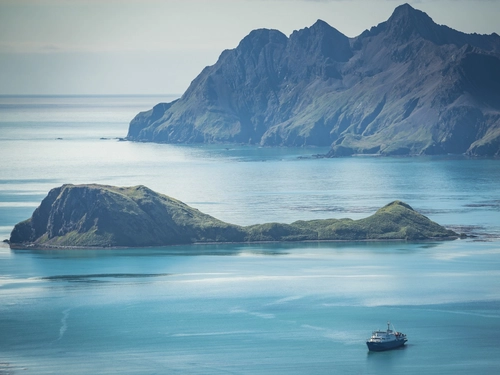

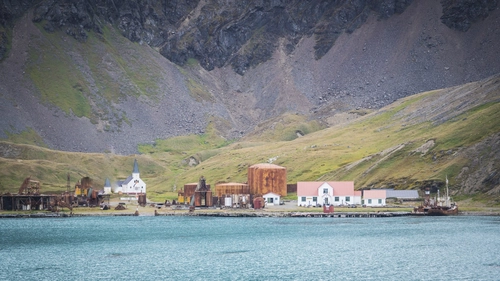



Related Trips


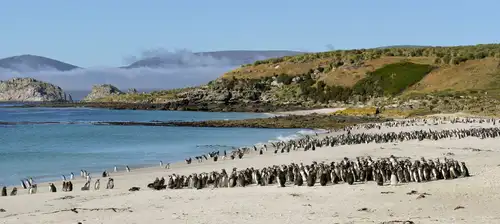
17 Reasons to Cruise the Falklands
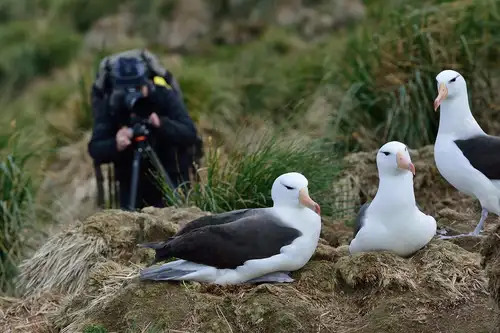



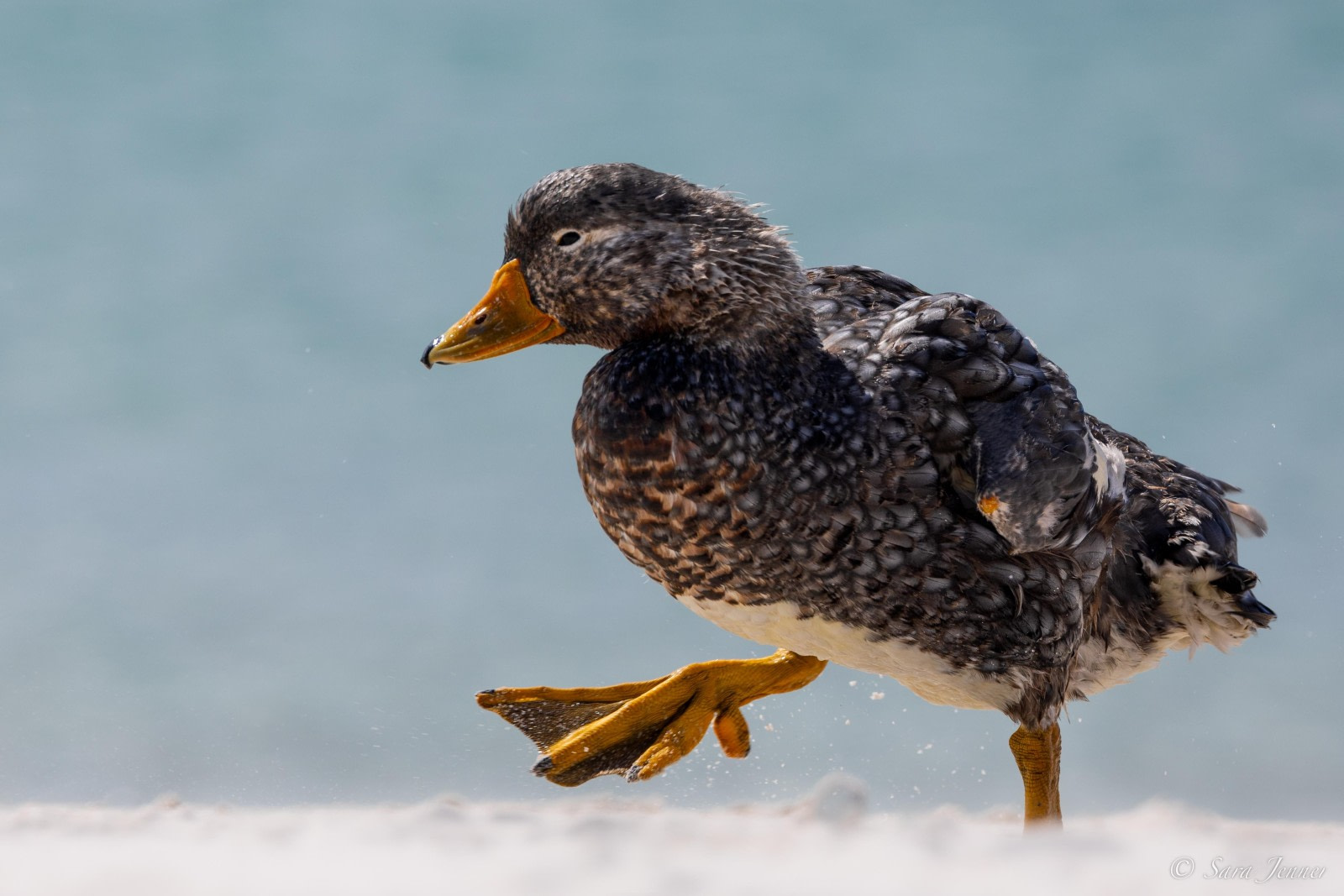

 19 Days / 18 Nights
19 Days / 18 Nights


